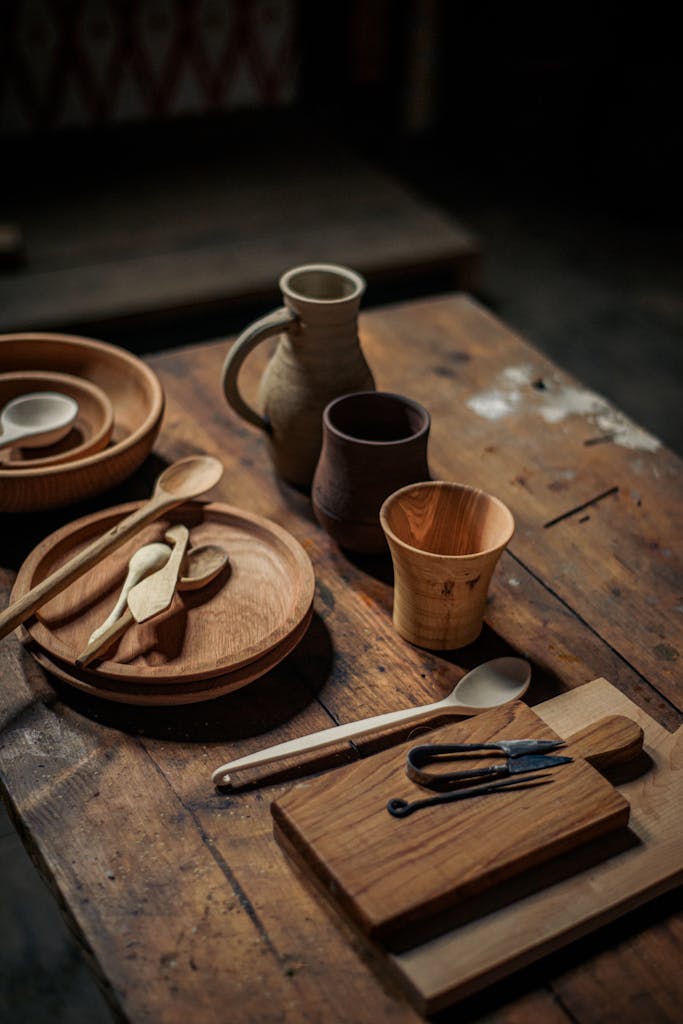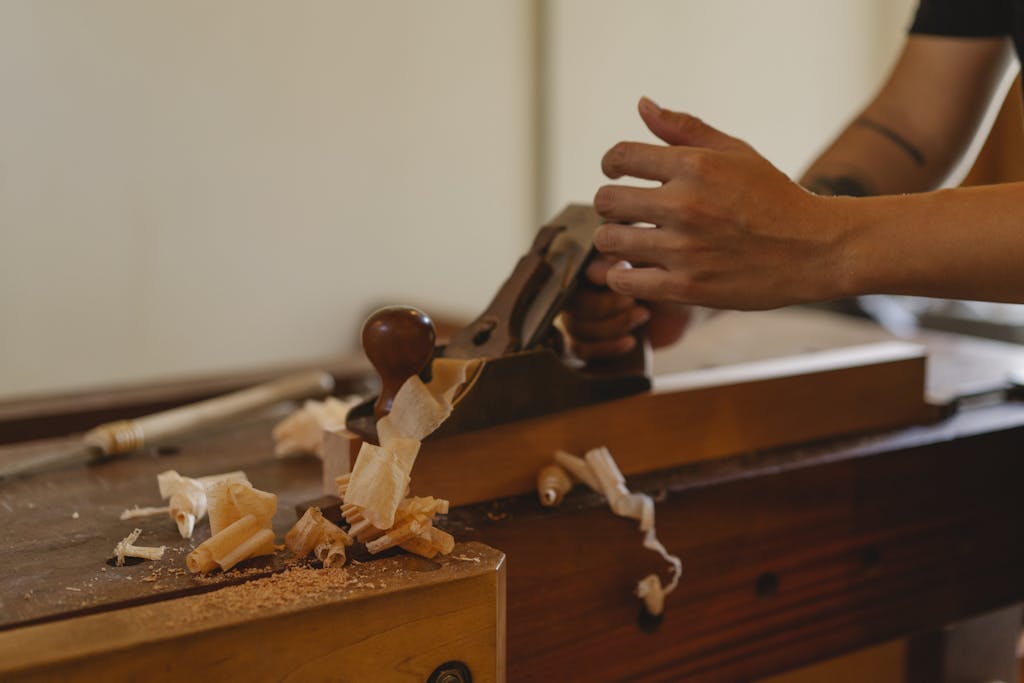Woodworking Processes Every Carpenter Should Know
Woodworking is the backbone of carpentry, combining age-old techniques with modern tools to create everything from furniture to fine detailing. Whether you’re a new carpenter or looking to refine your skills, understanding these essential processes is key to mastering the craft.
1. Material Selection
The process begins with choosing the right wood. Hardwoods like oak and maple offer durability and beauty, while softwoods like pine are easier to work with for basic projects. Grain pattern, moisture content, and wood grade all play a role in selection.
2. Design and Planning
Before cutting into any wood, it’s important to sketch out plans, determine measurements, and create a cut list. Planning saves time, reduces waste, and ensures accuracy throughout the build.
3. Measuring and Marking
Precision is critical. Use measuring tapes, squares, and marking tools to layout each piece. Marking the wood correctly ensures all parts fit together as intended.
4. Cutting Techniques
Different projects require different cuts:
Crosscutting: slicing wood across the grain.
Ripping: cutting along the grain.
Angled cuts: used for joints and decorative pieces.
Tools like table saws, miter saws, and hand saws are essential.
5. Joinery
Joinery is the art of connecting pieces of wood. Techniques include:
Mortise and tenon: traditional and strong.
Dovetail joints: great for drawers.
Pocket holes and biscuits: faster and effective for many builds.
Each method has its place depending on the strength and appearance needed.
6. Assembly and Clamping
Once pieces are cut and joints prepared, they’re assembled using glue, screws, or nails. Clamping holds everything tightly while the glue sets, ensuring structural integrity.
7. Sanding and Surface Prep
Smooth surfaces are vital for a professional finish. Start with coarse sandpaper and gradually move to finer grits. Remove dust thoroughly before finishing.
8. Finishing Techniques
A good finish protects wood and enhances its look. Popular finishes include:
Oil finishes for a natural feel.
Stains to add rich color.
Polyurethane for a glossy, durable coat.
Apply evenly and allow adequate drying time between coats.
9. Maintenance and Repair
Skilled carpenters know how to maintain their work. This includes fixing joints, refinishing surfaces, and replacing worn parts when needed.
Conclusion
From start to finish, woodworking involves thoughtful steps and practiced skills. By mastering these essential processes, every carpenter can build projects that are not only functional but also showcase craftsmanship and pride.


